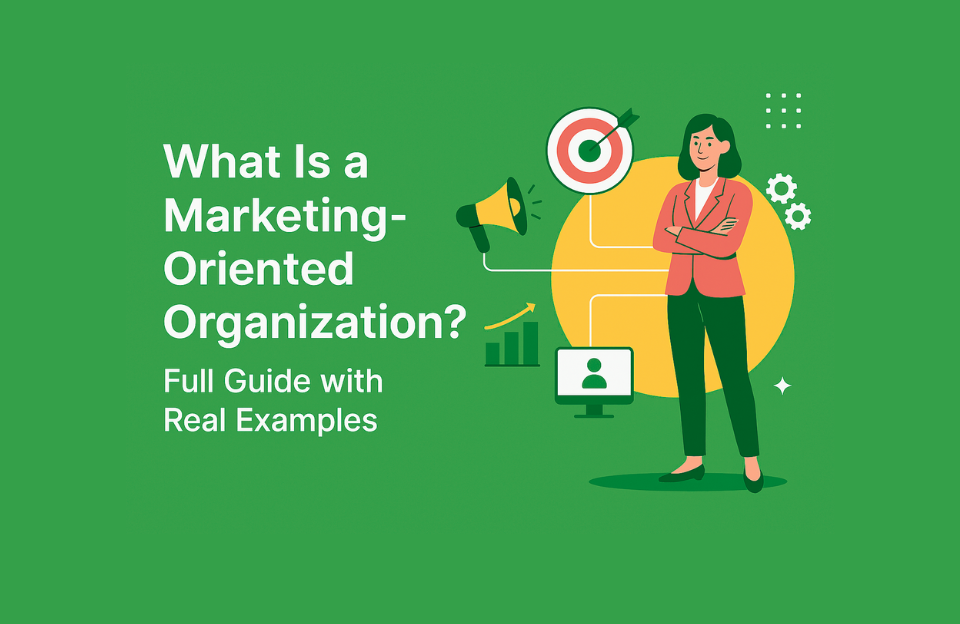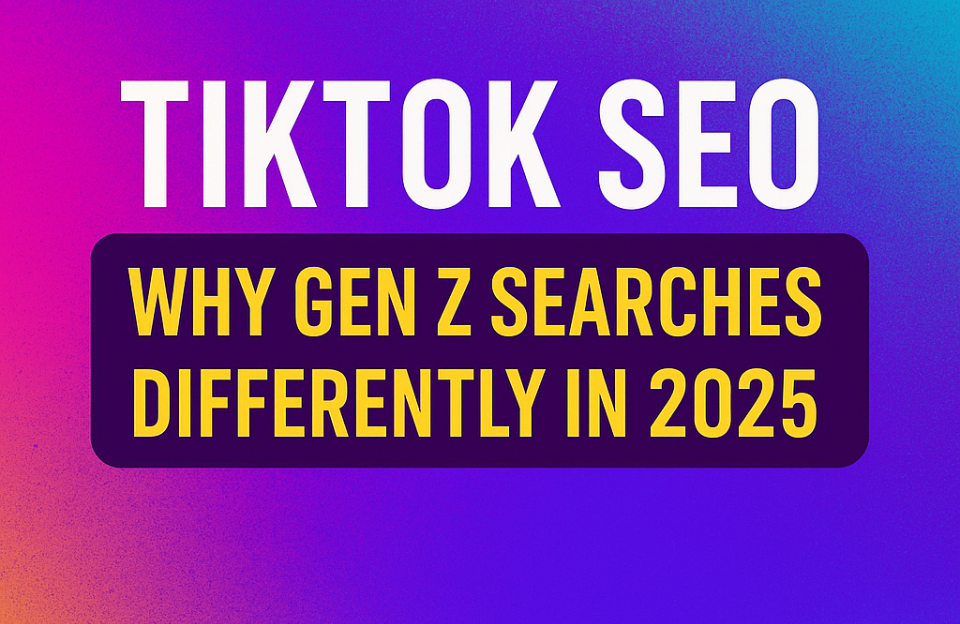A marketing-oriented organization places the customer at the center of all business decisions. Marketing is not just a department; it’s a philosophy that drives strategy, product development, communication, and operations. This type of organization continuously gathers market intelligence, responds to customer insights, and adapts proactively to changes in the environment.
Traditional vs. Marketing-Oriented Models
| Ivory Tower Organization | Marketing-Oriented Organization |
|---|---|
| Hierarchical and siloed | Cross-functional and collaborative |
| Internally focused (product-driven) | Externally focused (customer-driven) |
| Customer is an afterthought | Customer is at the center |
| Marketing is secondary | Marketing is strategic and central |
Core Characteristics
- Customer-first culture: Every department considers the impact of their actions on the customer experience.
- Shared goals: Teams work toward common KPIs like customer satisfaction and retention, not just departmental metrics.
- Data-driven decision-making: Regular use of customer insights, market research, and performance data to guide actions.
- Agility and responsiveness: Ability to adapt quickly to feedback, market shifts, and competitor movements.
- Integrated communication: Unified messaging across marketing, sales, and support.
Why This Model Works
Marketing-oriented organizations often outperform traditional ones because they are more in tune with what their audience wants. This leads to more relevant products, stronger brand loyalty, and higher lifetime customer value. Studies show that companies with strong customer orientation grow revenue faster and are more resilient in volatile markets.
Common Challenges
- Breaking down existing silos can meet internal resistance.
- Requires investment in tools and systems for data-sharing and communication.
- Needs strong leadership commitment and cultural shift.
How to Become More Marketing-Oriented
- Conduct internal audits to identify gaps in customer-centricity.
- Align KPIs across departments to reflect customer goals.
- Empower marketing to play a strategic role across the organization.
- Invest in customer data platforms and feedback systems.
- Train teams to think outside-in rather than inside-out.
Real-World Examples of Marketing-Oriented Organizations
1. Amazon (E-commerce & Technology)
Amazon is a textbook example of a marketing-oriented organization. From its inception by Jeff Bezos, the customer has been at the heart of every decision. This customer-centric DNA is deeply embedded across departments:
- Culture: Amazon follows a principle of “customer obsession.” Internal teams are driven by KPIs like Customer Satisfaction (CSAT), Net Promoter Score (NPS), and delivery time, regardless of department.
- Cross-functional teamwork: Developers, logistics, marketing, and customer service collaborate to improve the customer journey using A/B testing, customer data analysis, and feedback loops.
- Data-driven personalization: Amazon uses machine learning to recommend products based on behavior, increasing both conversion rates and satisfaction.
Result: One of the highest customer loyalty scores in e-commerce and a massive retention rate for Prime memberships.
2. LEGO (Consumer Products & Entertainment)
In the early 2000s, LEGO struggled with falling sales and disconnected innovation. Its transformation into a marketing-driven company reversed the trend:
- Co-creation: LEGO Ideas lets fans submit and vote on product ideas. Winning concepts become real products, giving customers direct input into development.
- Marketing as a connector: Marketing bridges R&D, sales, and community management. Campaigns are tailored to insights from customer communities.
- Community-first: LEGO maintains strong ties with fans, from kids to adult collectors. These relationships shape not only product lines but also events and marketing.
Result: A creative resurgence that made LEGO the most valuable toy brand in the world, with massive media income.
3. HubSpot (B2B SaaS & Inbound Marketing)
HubSpot lives by its own philosophy of inbound marketing, applying it internally as well:
- Unified customer data: Sales, marketing, and customer success all share one CRM, giving every department insight into the full customer lifecycle.
- Product development based on feedback: Usage data, support tickets, and interviews guide continuous product improvements via internal Customer Feedback Loops.
- Education as marketing: HubSpot heavily invests in free training, content, and tools—not just to sell, but to create genuine value.
Result: Double-digit annual growth and high NPS scores in the B2B software market.
What These Companies Have in Common
- They treat marketing as a strategic function, not a standalone team.
- They use customer data to coordinate internally and innovate externally.
- They empower all departments to contribute to the customer experience.
- They measure success by both financial performance and customer value.
Conclusion
In a marketing-oriented organization, the customer isn’t just a target — they’re the reason behind every decision. Shifting toward this model requires effort and alignment, but the result is a stronger brand, better customer experience, and more sustainable growth.




